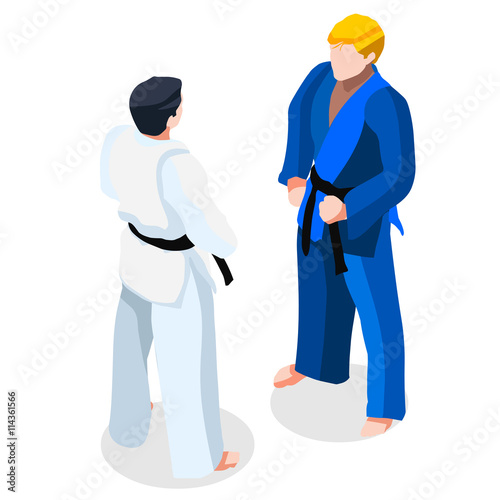Debunking The Different Martial Arts Designs: From Martial Arts To Taekwondo
Debunking The Different Martial Arts Designs: From Martial Arts To Taekwondo
Blog Article
Content Create By-Magnussen Pierce
Are you tired of feeling overwhelmed by the substantial world of martial arts? With many designs to select from, it can be very easy to obtain lost in a sea of punches, kicks, and mysterious names. Yet anxiety not!
This conversation will certainly debunk the various martial arts designs, taking you on a journey from the effective strikes of Martial arts to the vibrant kicks of Taekwondo. Get ready to discover the beginnings, techniques, and ideologies behind these ancient art kinds.
So, tighten your belt and prepare to embark on an informing expedition into the fascinating globe of martial arts.
Beginnings of Martial Arts Styles
The beginnings of fighting styles styles can be mapped back to old people and their requirement for self-defense and battle strategies. Throughout background, various cultures created their own distinct methods of fighting, each with its very own set of methods and approaches.
In China, for instance, martial arts styles such as Martial art and Tai Chi were developed as a way of self-defense and boosting physical and psychological well-being.
In Japan, the samurai warriors created designs like Karate and Judo, concentrating on discipline, precision, and proficiency of the body.
Likewise, in Korea, Taekwondo emerged as a fighting style highlighting high kicks, rapid activities, and mental determination.
These very early people laid the structure for the varied variety of martial arts designs that exist today, each with its very own abundant background and cultural relevance.
Techniques and Educating Techniques
To grasp martial arts styles, specialists should find out numerous methods and training methods.
Techniques are the specific activities and actions made use of in battle, such as punches, kicks, throws, and obstructs. Various fighting styles styles have their own unique collection of strategies that professionals need to understand through rigorous training.
Training methods differ depending on the style, but they usually involve a mix of physical fitness, drills, sparring, and types.
Physical fitness is critical to develop toughness, flexibility, and endurance. Learn Even more help specialists improve their strategies and improve their rate and accuracy.
https://martial-arts-of-the-world54321.blogginaway.com/33081141/which-youth-martial-arts-style-ought-to-you-choose-for-your-youngster-a-check-into-the-different-alternatives permits professionals to exercise their strategies in a controlled, practical setting. Forms, also referred to as kata, are prearranged sequences of motions that help professionals develop muscle mass memory and focus.
Approaches and Concepts
Checking out the viewpoints and principles of martial arts styles can supply you with a deeper understanding of your selected discipline. Each martial art has its very own special ideology and collection of guiding principles that form the way it's exercised.
For instance, Karate stresses technique, respect, and self-discipline. It shows professionals to focus their minds and bodies, enabling them to safeguard themselves while maintaining a sense of inner tranquility.
On the other hand, Taekwondo places a solid emphasis on speed, dexterity, and flexibility. Its principles are rooted in the tenets of politeness, honesty, determination, self-control, and indomitable spirit.
Final thought
Since you have actually discovered the beginnings, techniques, and approaches of different martial arts styles, you have a much deeper understanding of these ancient self-controls.
Think of a young karate trainee, exercising with unwavering resolution and focus, breaking through boards with an effective punch.
click the up coming web page and strength needed to understand a fighting style, reminding us that with self-control and determination, anything is feasible.
